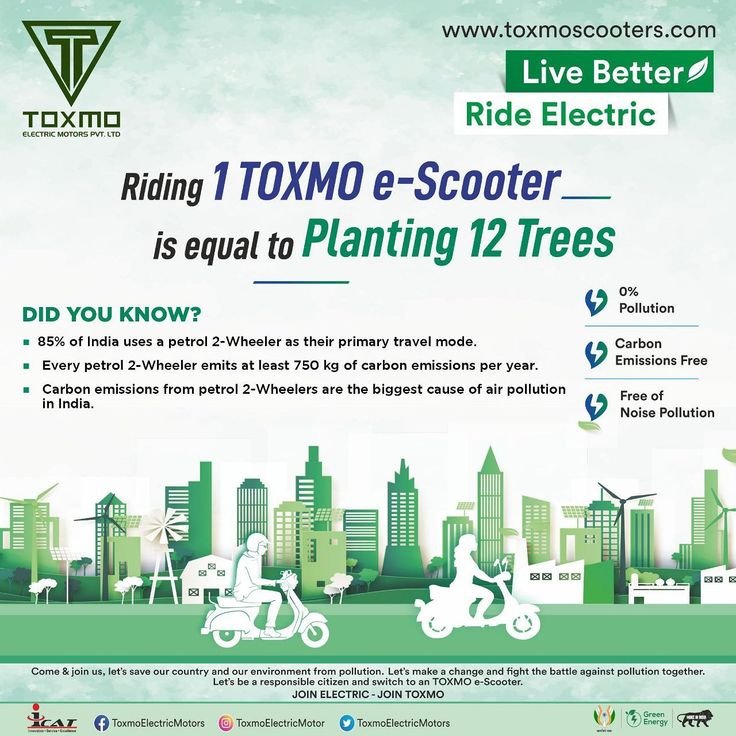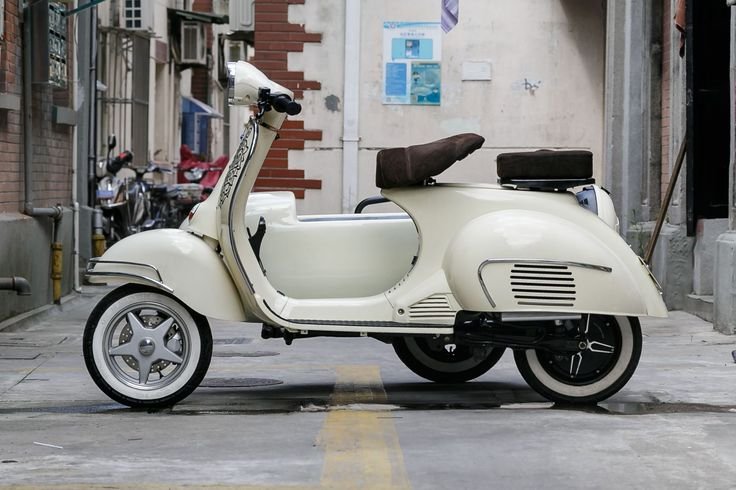Electric scooters (e-scooters) are becoming a vital part of urban sustainability strategies worldwide. As cities search for cleaner transportation solutions, e-scooters play a meaningful role in reducing emissions, cutting congestion, and promoting eco-friendly habits.
1. Reducing Carbon Emissions
E-scooters produce zero tailpipe emissions. When replacing short car trips, they significantly cut greenhouse gases. According to a 2024 study by the International Transport Forum, shifting just 15% of urban car trips to e-scooters can lower a city’s transportation emissions by up to 7%.
2. Lower Energy Consumption
Compared to electric cars, e-scooters require far less energy to manufacture and operate. On average, they use only about 2% of the energy that a car consumes per kilometer traveled, making them one of the most energy-efficient mobility options available.
3. Minimizing Urban Air Pollution
Vehicle exhaust is a major contributor to urban air pollution. With growing adoption of e-scooters, fewer cars are used for short distances, which helps lower particulate matter (PM2.5) and nitrogen dioxide (NO₂) levels in dense areas. Cleaner air directly benefits public health by reducing respiratory diseases.
4. Decreasing Traffic Congestion
E-scooters occupy much less space than cars, both on the road and when parked. As more people switch to scooters for short commutes, cities see less congestion. This not only saves time but also reduces idling-related emissions from vehicles stuck in traffic.
5. Promoting Shared Mobility
The rise of shared e-scooter programs encourages a shift away from car ownership. Shared mobility reduces the number of vehicles produced and disposed of, which helps conserve natural resources and minimizes manufacturing-related emissions.
6. Supporting Renewable Energy Goals
E-scooter charging systems are increasingly integrated with renewable energy grids. In 2025, several major operators in Europe and Asia began running their fleets on 100% solar or wind power, amplifying their environmental benefit.
7. Encouraging Sustainable Urban Design
Widespread adoption of micromobility options like e-scooters pushes cities to design better bike lanes, expand car-free zones, and prioritize pedestrians. These changes make urban environments more livable and sustainable in the long term.
8. Extending Product Lifecycles
Advances in materials and battery technology in recent years have made e-scooters more durable and easier to repair. Longer-lasting devices reduce waste and the environmental cost of manufacturing replacements.
Conclusion
E-scooters are more than a convenience; they are a practical, scalable solution for greener cities. With continued innovation, better infrastructure, and integration with clean energy, they will remain a cornerstone of sustainable transportation systems worldwide.
If you’d also like, I can draft an optimized meta description, title tag, and internal linking suggestions to further strengthen your SEO. Let me know!











